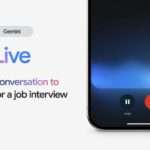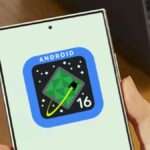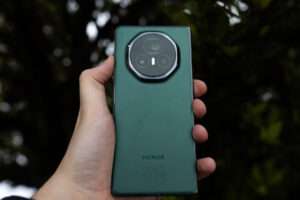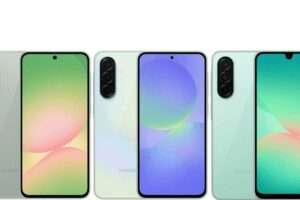Fifty-two years ago, on a busy New York City street corner, history was made with a single phone call. On April 3, 1973, Motorola executive Martin Cooper stood outside the New York Hilton and dialed Joel S. Engel, head of research at rival Bell Labs, using a bulky, two-pound device that would become the world’s first handheld mobile phone. That call—made on Motorola’s DynaTAC prototype—marked the birth of a revolution, though it would take another decade before the first commercial cellphones hit the market.
Today, mobile phones are so ubiquitous that they’ve become extensions of our identities. But the journey from that first $3,995 “brick phone” to today’s pocket-sized supercomputers has been anything but straightforward.
The Birth of the Cellphone: A $4,000 Luxury
When the DynaTAC 8000x finally went on sale in 1984, it was far from accessible. Priced at 3,995(equivalenttonearly12,000 today), with a $50 monthly fee and per-minute charges, it was a status symbol for the wealthy. Calls cost 40 cents per minute during peak hours—a far cry from today’s unlimited data plans.
Early adopters faced other hurdles:
- Battery life lasted just 30 minutes before requiring a 10-hour recharge.
- The phone’s size and weight (2.5 pounds) made it impractical for everyday use.
- Coverage was sparse, limited to major cities.
Yet, despite these limitations, the DynaTAC laid the foundation for a technological shift that would soon sweep the globe.

The 1990s: Phones Shrink, Networks Expand
By the 1990s, mobile technology advanced rapidly. Phones became smaller, batteries lasted longer, and digital networks replaced analog, improving call quality and security. The Nokia 3310, released in 2000, became a cultural icon—durable, affordable, and featuring the addictive game Snake.
This era also saw the rise of text messaging (SMS), which revolutionized communication. Suddenly, people could send quick notes without making a call—a precursor to today’s instant messaging.
The Smartphone Revolution
The real game-changer came in 2007, when Apple’s iPhone redefined what a phone could do. Combining a touchscreen, internet access, and third-party apps, it turned mobile devices into multi-functional tools for work, entertainment, and social connection. Competitors like Samsung’s Galaxy series followed, accelerating innovation.
Key milestones in smartphone evolution:
- 2008: The App Store launched, creating a new economy for developers.
- 2010s: 4G LTE enabled streaming video and faster browsing.
- 2020s: 5G networks promised near-instant data transfer, paving the way for augmented reality and AI integration.

The Dark Side of Connectivity
With great power came unforeseen challenges. As smartphones became essential, concerns grew over:
- Addiction: Studies revealed excessive screen time’s impact on mental health, particularly among teens.
- Privacy risks: Data collection by apps and companies sparked debates over user rights.
- Distraction: “Phubbing” (ignoring others in favor of phones) became a social epidemic.
Despite these issues, attempts to curb usage often failed—phones were too ingrained in daily life.
What’s Next?
As we look ahead, mobile technology continues to evolve:
- Foldable phones like the Samsung Galaxy Z Flip bring back nostalgia for flip phones—with modern twists.
- AI integration could make smartphones even more intuitive, anticipating user needs.
- Satellite connectivity may soon eliminate dead zones entirely.
From Novelty to Necessity
What began as a $4,000 luxury for elites is now a universal tool, transforming how we work, socialize, and navigate the world. That first call in 1973 didn’t just connect two engineers—it connected humanity in ways Martin Cooper could never have imagined.
As we scroll, tap, and swipe on devices far more powerful than those early supercomputers, one thing is clear: the mobile revolution is still unfolding. And the next chapter promises to be just as transformative as the last.
















Add Comment